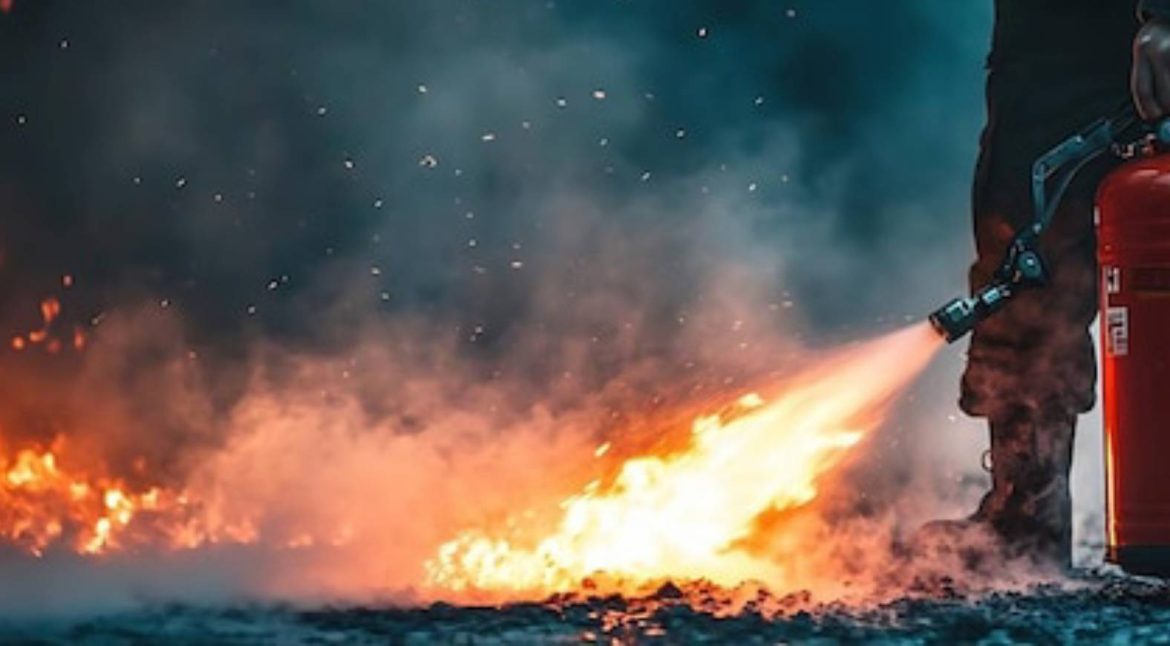In India’s rapidly growing industrial and commercial landscape, safety isn’t a luxury—it’s a necessity. From construction sites in urban metros to manufacturing units in tier-2 cities, the need for a proactive approach to safety has never been greater. Three core pillars hold up any solid safety framework: safety mock drills, workplace fire risk assessments, and work at height safety practices. When implemented correctly, these can dramatically reduce the risk of accidents, save lives, and even protect businesses from legal and financial ruin.
Let’s take a deeper look at each of these safety essentials.
Why Safety Mock Drills Are Critical
Think of a safety mock drill as a dress rehearsal for disaster. It’s a practical simulation where employees learn how to respond effectively during emergencies like fires, chemical spills, gas leaks, or natural calamities.
In India, mock drills are recommended by the Factories Act, Factories Rules, and NDMA guidelines. Regulatory bodies like NABH and ISO auditors also view regular mock drills as a benchmark for organizational preparedness.
Key Benefits of Safety Mock Drills
-
Familiarize employees with escape routes and assembly points
-
Reduce panic through practice
-
Ensure that emergency equipment is functional
-
Highlight weaknesses in the existing emergency response plan
-
Build coordination between departments and external responders
Whether it’s a hospital in Delhi or a warehouse in Pune, mock drills must be conducted at least twice a year. The goal is to create muscle memory for emergency responses—because in a real crisis, every second counts.
Workplace Fire Risk Assessment: Prevent Before You React
A workplace fire risk assessment is not just a fire drill or a checklist—it’s a systematic process of identifying fire hazards, evaluating risks, and putting in place the right measures to eliminate or control those risks.
In India, Section 38 of the Factories Act, 1948, mandates employers to ensure fire safety. Coupled with provisions from the National Building Code (NBC), 2016, and local fire service rules, it becomes essential to conduct detailed fire risk assessments in commercial and industrial spaces.
Steps in a Fire Risk Assessment
-
Identify Fire Hazards – flammable materials, faulty wiring, overloaded sockets, etc.
-
Determine Who’s at Risk – workers, visitors, contractors, nearby communities.
-
Evaluate, Remove, or Reduce Risk – replace faulty equipment, install extinguishers.
-
Record Findings and Train Staff – maintain logs, conduct training, post safety signage.
-
Review Regularly – especially after structural changes or incidents.
A thorough fire risk assessment not only protects lives and property but also minimizes downtime, insurance premiums, and legal penalties.
Work at Height Safety: Don’t Let Safety Take a Fall
Falls from heights remain one of the leading causes of industrial fatalities in India. Whether it’s painting a building, working on scaffolding, or fixing a light in a warehouse, work at height safety is crucial.
According to the Building and Other Construction Workers (BOCW) Act and safety standards like IS 3521, employers must ensure that all work involving height is done under secure conditions with appropriate protective gear.
Essential Work at Height Safety Measures
-
Risk Assessments Before Work Begins
Always evaluate the task, the environment, and potential fall hazards. -
Use of PPE (Personal Protective Equipment)
Helmets, harnesses, lifelines, and non-slip footwear are mandatory. -
Proper Equipment and Tools
Ladders, scaffolds, and lifts must be in good condition and suitable for the task. -
Training and Certification
Only trained workers should perform height-related tasks. Annual refresher training is also advised. -
Emergency Rescue Plan
Have procedures in place to quickly rescue someone in case of a fall.
Ignoring these guidelines not only puts workers at grave risk but also exposes employers to fines, project delays, and reputational damage.
The Combined Power of Safety Practices
Implementing safety mock drills, fire risk assessments, and work at height protocols is not a one-time event. It’s an ongoing commitment. When these practices are combined and executed effectively, the results are measurable:
-
Fewer workplace accidents
-
Higher employee morale and trust
-
Improved compliance with Indian safety laws
-
Better preparedness during audits
-
A more resilient, responsible business
Industries that embed safety into their culture—rather than treat it as a checkbox—are the ones that last, grow, and lead.
Conclusion
In any industry, safety should be the heartbeat of operations. Mock drills train the reflexes, fire risk assessments sharpen foresight, and work at height safety protects against the most avoidable tragedies. In the Indian context, where safety regulations are becoming stricter and workplace risks are rising, businesses must adopt a proactive approach—not just to comply, but to care.
Because at the end of the day, a safe worker is a productive worker. And no project deadline or profit margin is worth a human life.


